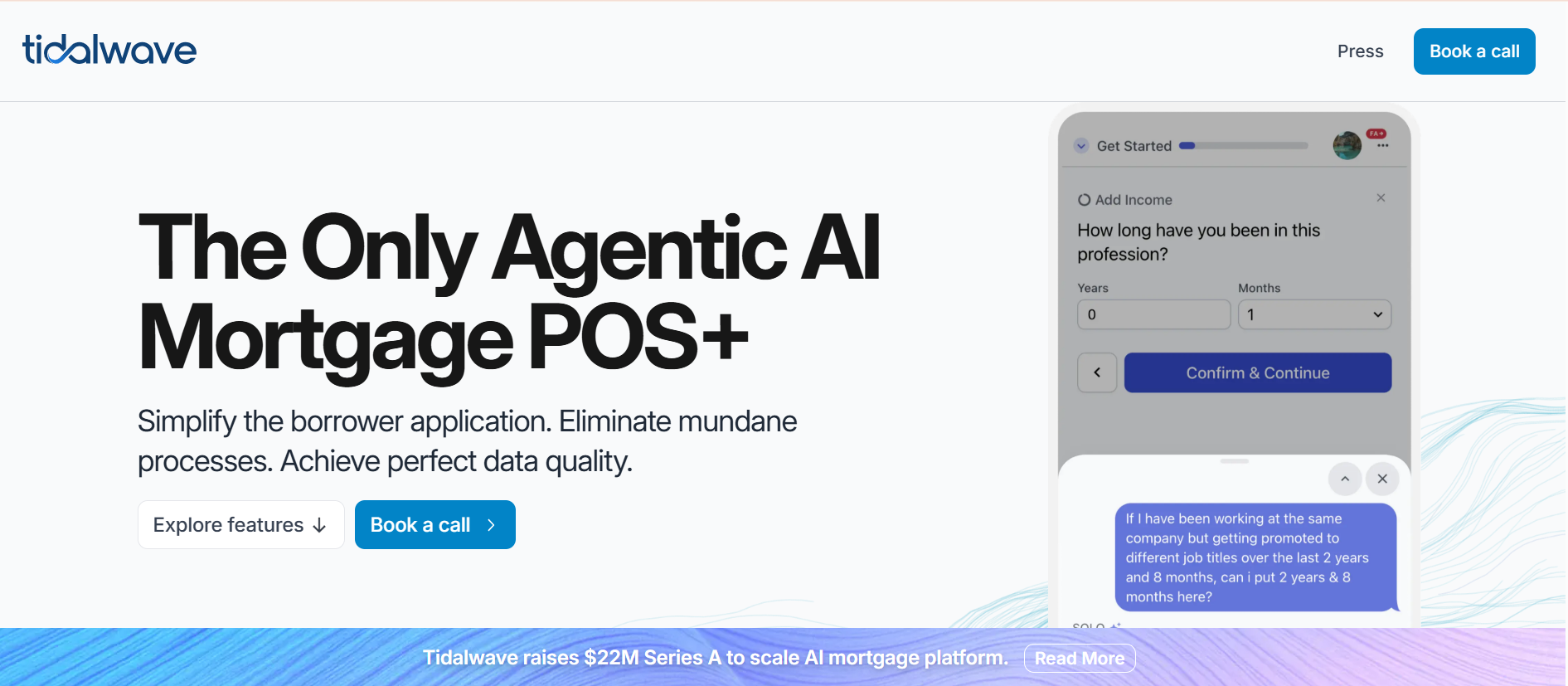CoreStory Raises $32 Million to Redefine How Brands Build Stories That Scale
November 1, 2025
byFenoms Startup Research

CoreStory has raised $32 million in Series A funding to bring a new era of narrative intelligence to the enterprise world.
The round was led by Tribeca Venture Partners and New Enterprise Associates (NEA), with participation from SineWave Ventures, Samsung Next, Singtel Innov8, Nimble Partners, Harrison Metal, and Alumni Ventures.
Founded by Anand Kulkarni, CoreStory gives brands a way to turn their data and experiences into cohesive, story-driven content that actually connects - replacing disjointed marketing noise with meaningful, consistent narrative design.
The Market Is Flooded, but Stories Still Win
Content output has exploded, but attention hasn’t. A recent HubSpot 2025 Marketing Report shows that 91 percent of companies increased their content budgets, yet only 27 percent saw proportional engagement gains. The problem isn’t volume - it’s coherence.
Audiences now expect emotional continuity, not just algorithmic consistency. That’s where CoreStory steps in, using AI-powered narrative intelligence to help organizations unify every communication - from investor decks to product launches - under one authentic storyline.
It’s a model that fits perfectly in an era where trust, not traffic, drives conversions.
Inside CoreStory’s Approach: Turning Data Into Storylines
Most enterprises are drowning in disconnected data. CoreStory’s platform identifies common emotional threads across customer insights, campaign metrics, and internal content, transforming them into structured narratives that evolve in real time.
“Every company already has a story buried inside its operations,” says Anand Kulkarni, CoreStory’s CEO.
“Our goal is to make those stories visible, repeatable, and scalable.”
By using machine learning to surface human-centered angles from analytics, CoreStory gives leaders something algorithms can’t: context.
And that’s where the real lesson for founders begins.
The Hidden Power of Narrative Equity
What CoreStory is proving - and what many founders overlook - is that storytelling is not marketing; it’s infrastructure.
Startups obsess over product-market fit, but the companies that scale the fastest are those that achieve story-market fit. They build a narrative so compelling that every new feature, investor pitch, and team hire automatically fits into it.
That’s the hidden layer of leverage behind great companies: a story that compounds.
When your narrative becomes part of your organization’s architecture, it stops being an external message and starts being an internal operating system. It aligns teams, simplifies decisions, and magnetizes capital because everyone - from employees to investors - understands what you’re really building.
The founders who master that alignment never need to “reintroduce” their brand. Every new product feels inevitable because it extends a story people already believe in.
CoreStory’s success lies in turning that abstract truth into a measurable system. It’s showing that in the data-driven age, clarity has become the most scalable form of capital.
Investors See Storytelling as the Next Strategic Stack
The $32 million Series A validates a major shift among investors toward what NEA partner Megan Anderson calls “story-as-strategy platforms.”
“We’re entering a phase where companies will compete not just on technology, but on the narrative frameworks that shape how their technology is perceived,” she explains.
It’s a powerful point. In a market where AI-generated content is expected to account for 90 percent of all online media by 2027 (Gartner), the ability to create consistent, emotionally resonant stories becomes a defensible moat.
CoreStory isn’t fighting AI noise with more automation - it’s fighting it with coherence.
The Storytelling Economy Is Exploding
The global content-creation market reached $184 billion in 2025 and is on track to hit $500 billion by 2032 (Allied Market Research). Within that, narrative-focused tools - software that helps brands translate insights into stories - are the fastest-growing vertical, expanding at a 26 percent CAGR.
But unlike traditional copy-generation tools, CoreStory’s platform focuses on message architecture - ensuring every blog, campaign, and keynote connects back to the same emotional thesis.
It’s not about saying more; it’s about saying the same thing more effectively everywhere.
Why Authentic Storytelling Is Becoming a Boardroom Metric
A 2025 Edelman Trust Barometer study found that 72 percent of consumers buy from brands that “reflect a consistent narrative of values,” while organizations with unified storytelling outperform peers by 35 percent in brand retention and 23 percent in talent attraction.
These aren’t soft metrics anymore - they’re performance drivers.
CoreStory quantifies this alignment, giving executives a “narrative health score” that measures consistency, tone, and thematic strength across communication channels.
It’s a glimpse into the next decade of enterprise branding - where storytelling becomes a measurable KPI, not just a marketing function.
CoreStory’s Next Chapter
With fresh capital, CoreStory plans to expand its AI narrative engine, enhance enterprise integrations, and grow its global footprint across North America, Europe, and Asia-Pacific.
The company is also building advanced analytics tools to track narrative performance in real time, allowing leaders to see how stories shift audience behavior and employee alignment.
For Kulkarni, it’s about giving every organization the same capability great storytellers have always had: the ability to scale belief.
“Technology changes fast, but belief compounds. Our job is to make belief operational.”
If CoreStory succeeds, it won’t just change how brands tell stories - it will redefine how organizations build identity itself.









